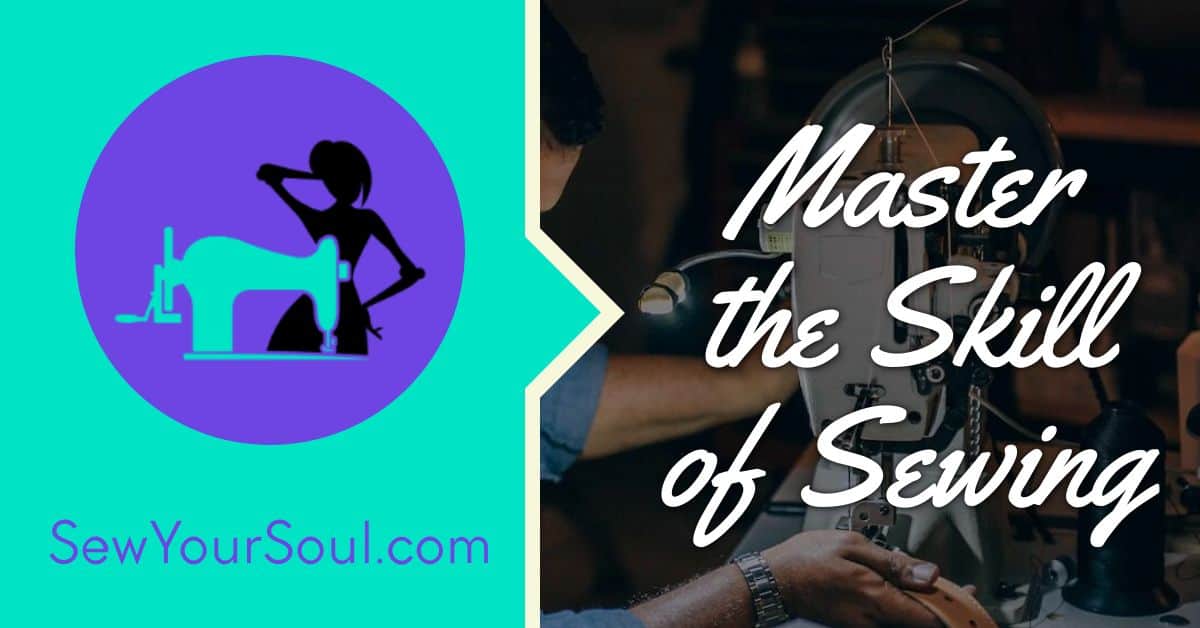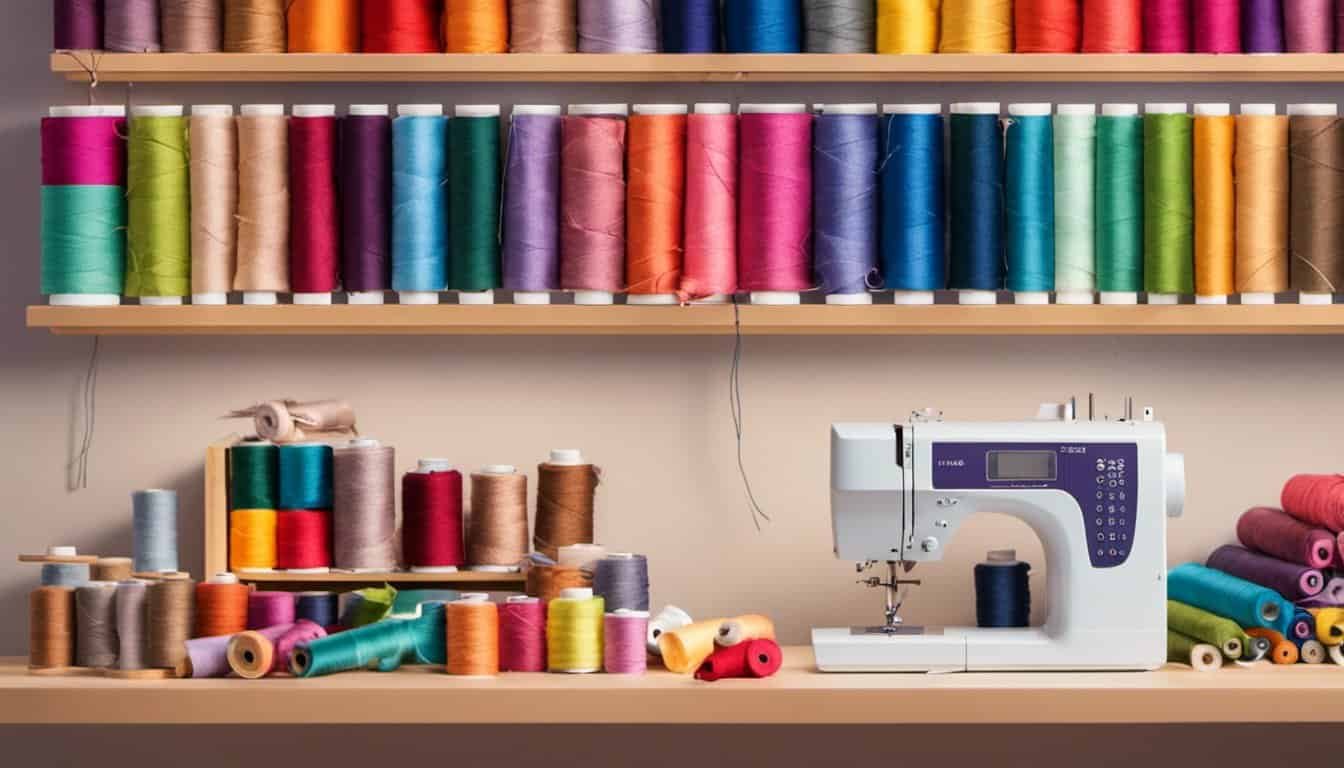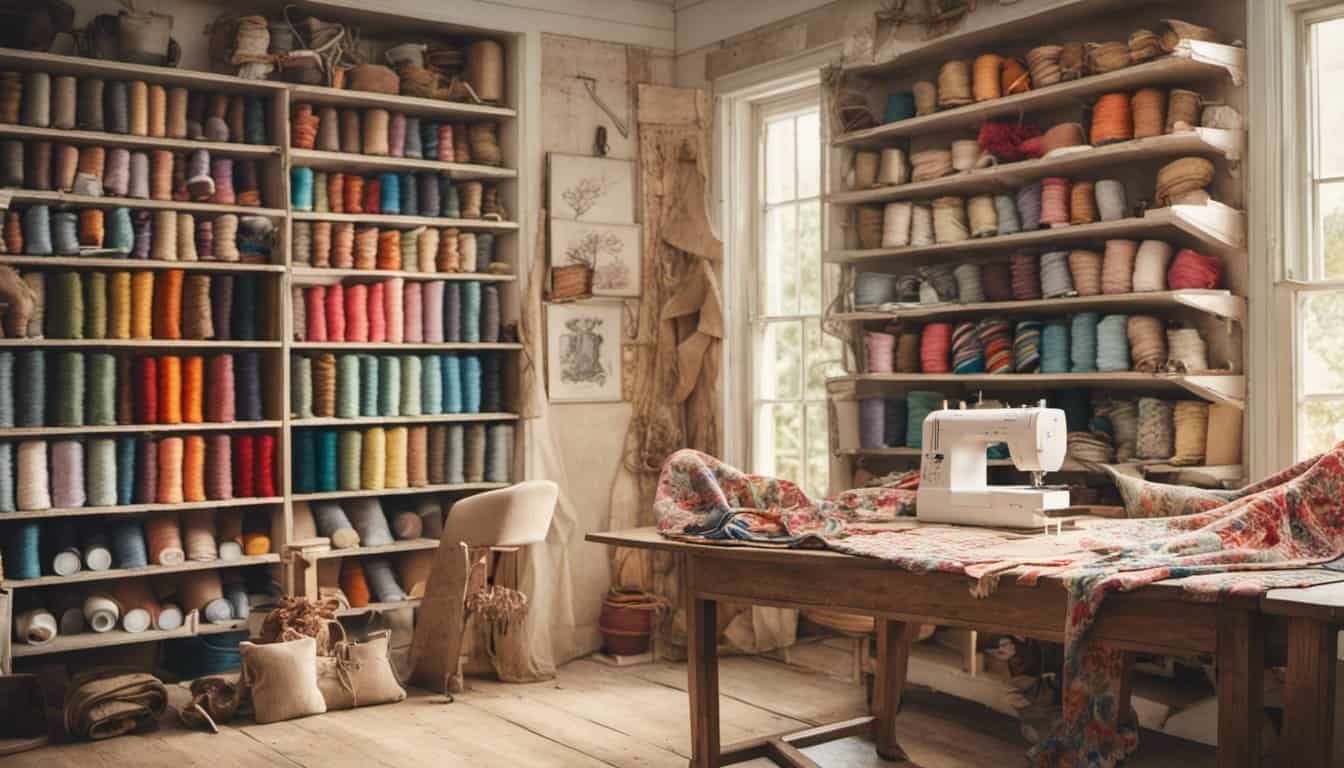

Using a sewing machine can be an intimidating task for beginners. However, with a few basic skills and some practice, anyone can learn how to use a sewing machine. In this article, I will guide you through the steps of using a sewing machine, from understanding the basics to starting your sewing project.
Understanding the Basics: Before you start using your sewing machine, it’s important to understand the basics. This includes learning about the different parts of a sewing machine, how to thread the machine, and how to wind a bobbin. Once you have a good understanding of these basics, you’ll be ready to start using your machine.
Getting to Know Your Sewing Machine: Every sewing machine is different, so it’s important to get to know your machine. This includes learning about the different stitches your machine can make, as well as how to adjust the stitch length and width. By familiarizing yourself with your machine, you’ll be able to use it more effectively and efficiently.

LQ Industrial #006093009 Screwdriver 5PCS Sewing Machine Screwdriver Keys For Singer, Pfaff, Euro, Eversewn Sewing Machines

uxcell Needle Plate Screwdriver Sewing Machine Needle Plate Screwdriver Key Home Sewing Machine Repairing Tool

VANICE 5 Pcs Needle Plate Screwdriver Sewing Machine Repairing Tool for Brother BM/GS/PE/NV/SE/XR, Babylock, Singer, Janome

7 Piece Sewing Machine Cleaning Kit Include Tweezers Double Ended Fluff Brush Needle Board Screwdriver and 4 Short Screwdrivers, Sewing Machine Repair Tool

Sewing Machine Repair Kit 5 Pcs Sewing Machine Overlock & Serger Service/Repair Tool Include Screwdriver,Thread Removal,Slot Screwdriver and Cleaning Brush

yueton 2PCS Sewing Machine Screwdriver White Sewing Machine Needle Plate Screwdriver Regular and Mini Screwdrivers Home Sewing Machine Repairing Tool for Sewing Machine
Table of Contents
When you first start using a sewing machine, it can be overwhelming to understand all the different parts and how they work together. But don’t worry, with a little bit of practice, you’ll be sewing like a pro in no time! Here are some basics to get you started.
Before you start sewing, it’s important to understand the different parts of your sewing machine. While every machine is a little different, the basic components are the same and serve the same purpose across most models. Here are some of the most common sewing machine parts:
| Part | Description |
|---|---|
| Power switch and cord | Turns the machine on and off and provides power to the machine. |
| Foot pedal | Controls the speed of the machine. The more you press down, the faster the machine sews. |
| Bobbin winder | Winds thread onto the bobbin. |
| Bobbin | Holds thread for the bottom stitch. |
| Thread guide | Helps guide the thread through the machine. |
| Needle | Pierces the fabric and creates the stitches. |
| Presser foot | Holds the fabric in place while sewing. |
Threading the machine can be one of the trickiest parts of using a sewing machine, but with some practice, you’ll get the hang of it. Here’s a basic overview of how to thread your machine:
Once you have your machine threaded, it’s time to start sewing! There are a few basic stitches that every beginner should learn:
With these basics, you should be able to start using your sewing machine with confidence. Remember to take your time and practice, and soon you’ll be sewing like a pro!
As a beginner, it’s important to take some time to get to know your sewing machine. Here are some important sub-sections to help you identify the different parts of your machine, understand the machine manual, set up the sewing machine, and choose the right materials.
Before you start using your sewing machine, it’s important to know the different parts of the machine. Here are some of the most important parts you should know:

LQ Industrial #006093009 Screwdriver 5PCS Sewing Machine Screwdriver Keys For Singer, Pfaff, Euro, Eversewn Sewing Machines

uxcell Needle Plate Screwdriver Sewing Machine Needle Plate Screwdriver Key Home Sewing Machine Repairing Tool

VANICE 5 Pcs Needle Plate Screwdriver Sewing Machine Repairing Tool for Brother BM/GS/PE/NV/SE/XR, Babylock, Singer, Janome

7 Piece Sewing Machine Cleaning Kit Include Tweezers Double Ended Fluff Brush Needle Board Screwdriver and 4 Short Screwdrivers, Sewing Machine Repair Tool

Sewing Machine Repair Kit 5 Pcs Sewing Machine Overlock & Serger Service/Repair Tool Include Screwdriver,Thread Removal,Slot Screwdriver and Cleaning Brush

yueton 2PCS Sewing Machine Screwdriver White Sewing Machine Needle Plate Screwdriver Regular and Mini Screwdrivers Home Sewing Machine Repairing Tool for Sewing Machine
The machine manual is an important resource for learning how to use your sewing machine. It will provide you with information on how to set up the machine, how to thread the needle, and how to wind the bobbin. Make sure to read through the manual thoroughly before you start using your machine.
Before you start sewing, you’ll need to set up your machine. Here are the basic steps:
Choosing the right materials is important for a successful sewing project. Here are some tips:

Otylzto Premium Plastic Clips, 100 Pcs with Box, Sewing Notions for Sewing Quilting Supplies Crafting Tools, Assorted Colors for Craft

Fiskars 45mm Rotary Cutter for Fabric - Premium Stick Rotary Cutter - Craft Supplies - Crafts, Sewing, and Quilting Projects - White

Singer Sew-It-Goes, 224 Piece - Sewing Kit & Craft Organizer - Sewing Case Storage with Machine Sewing Thread, White

72Pcs 36 Colors Prewound Bobbins and Thread Spools for Hand & Machine Sewing, Emergency and Travel, DIY and Home, 36 Colors 400 Yards per Polyester Thread Spools

Upgraded Magnetic Seam Guide for Sewing Machine, Magnetic Sewing Guide with Clip, Hemmer Guide, Multifunctional Hem Guide, Universal Sewing Machine Attachments, Sewing Supplies Accessories

OZXTYO Triangle Tailors Chalk,Sewing Fabric Chalk and Fabric Markers for Quilting,Sewing Supplies Accessories (10Pcs)
By following these tips, you’ll be on your way to becoming a confident machine sewer. Remember to take your time and practice, practice, practice!
Starting a sewing project can be exciting and daunting at the same time. As a beginner, it’s important to take it slow and follow each step carefully. In this section, I will guide you through the necessary steps to start your sewing project successfully.
Before starting your project, it’s important to thread your sewing machine properly. Start by winding the bobbin with the thread and placing it on the bobbin spindle. Next, thread the top thread through the thread guide and the tension discs, and then through the needle threader and the needle eye. Make sure the needle is inserted correctly and tightened with the needle clamp screw. Refer to your machine manual if you need further assistance.
Different projects require different stitches. Most sewing machines have a variety of stitches to choose from, including straight stitch, zigzag stitch, and more. Select the stitch that best suits your project and adjust the stitch length and width as needed. The stitch adjustment buttons and stitch selector are usually located on the front of the machine. Don’t forget to use the reverse stitch or backstitch to secure your seams.
Practice makes perfect! Before starting your actual project, it’s a good idea to practice basic sewing techniques on scrap fabric. This will help you get comfortable with your machine and improve your sewing skills. Try sewing a straight line, a curved line, and a corner. Experiment with different stitch lengths and widths.

Different fabrics require different handling. For example, denim is thicker and requires a stronger needle than cotton. When starting your project, make sure you have the right fabric and needle for the job. Take your time and be patient when sewing through thick or slippery fabrics.
Regular maintenance is important to keep your sewing machine in good working condition. Clean the machine after each use, oil it as instructed in the manual, and replace the needle regularly. If you encounter any problems, refer to the troubleshooting section in your machine manual or contact a professional.
By following these steps, you can learn how to sew and start your sewing projects with confidence. Remember to take it slow, practice, and have fun!
As someone who has been using a sewing machine for years, I know that improving your sewing skills takes time, practice, and patience. However, with the right techniques, design ideas, and tips, you can take your sewing projects to the next level.
Once you have mastered the basic stitches, you can start experimenting with more advanced techniques to elevate your sewing skills. For example, you can try using a zigzag stitch to create decorative edges or add stretch to your seams. You can also experiment with different types of seams, such as French seams or flat-felled seams, to give your projects a more professional look.
Designing your own sewing projects is a great way to improve your skills and unleash your creativity. Start by sketching out your ideas and choosing fabrics that match your vision. You can also experiment with different textures, colors, and patterns to create unique designs. Don’t be afraid to take risks and try new things – this is how you’ll develop your own style.
Here are some tips and tricks that have helped me improve my sewing skills over the years:
By following these tips and techniques, you can improve your sewing skills and create beautiful projects that showcase your style and creativity.
Using a sewing machine can seem daunting at first, but with practice and patience, anyone can master the basics. In this article, I have covered the essential steps for using a sewing machine, from threading the needle to sewing a straight line. Remember to always read the manufacturer’s user manual and familiarize yourself with the machine’s components and features before beginning.
One of the most important things to keep in mind when using a sewing machine is to maintain it properly. This includes cleaning it regularly, oiling it as needed, and storing it in a dry, dust-free area. By taking care of your machine, you can ensure that it will last for years to come.

Another key aspect of using a sewing machine is choosing the right materials and thread for your project. Always use high-quality fabrics and threads that are appropriate for the type of sewing you are doing. This will help ensure that your finished product looks professional and lasts for a long time.
Finally, don’t be afraid to experiment and try new techniques. Sewing is a creative and rewarding hobby, and there is always something new to learn. With practice and determination, you can become a skilled seamstress and create beautiful garments and accessories that you can be proud of.
When it comes to sewing machines, there are a few basic parts you should know. These include the needle, presser foot, bobbin, and stitch selector. The needle is what punctures the fabric and creates the stitches. The presser foot holds the fabric in place while the needle is moving. The bobbin holds the thread that is used to create the stitches. The stitch selector is used to choose different types of stitches.
For beginners, a basic mechanical sewing machine is a good choice. These machines are simple to use and come with the essential features needed for basic sewing projects. Brands like Singer, Brother, and Janome offer affordable and reliable options.
There are many old sewing machine brands, some of which are still in operation today. Some of the most well-known brands include Singer, Pfaff, Bernina, and Brother.

Using a Brother sewing machine is easy once you get the hang of it. First, thread the machine and bobbin according to the manufacturer’s instructions. Then, select the stitch you want to use and adjust the stitch length and width as needed. Finally, place your fabric under the presser foot and begin sewing.
When using a sewing machine, it’s important to follow some safety tips. Always keep your fingers away from the needle and presser foot, and never sew over pins or other metal objects. Use a needle guard to protect your fingers, and always unplug the machine when not in use.
Sewing machines can be used for a variety of projects besides clothing. Some popular options include quilting, home decor items like curtains and pillow covers, and even accessories like bags and wallets. With a little creativity, the possibilities are endless!

6 Pcs Sewing Machine Cleaning Kit Set with Sewing Tweezers for Thread Double Headed Machine Cleaning Brushes 4 Packs Mini Portable Flathead Cross Head Screwdrivers for Sewing Machine Accessories